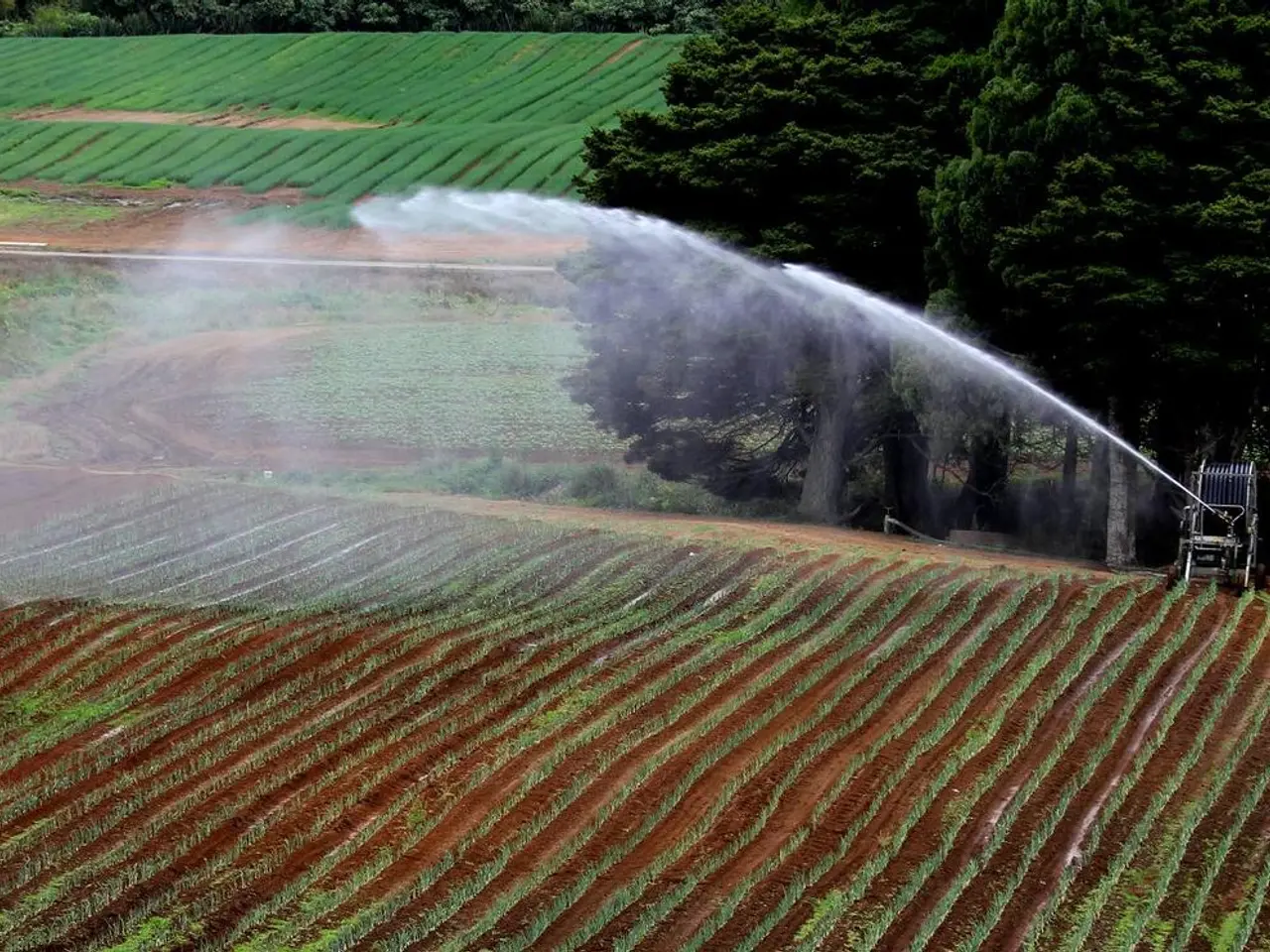Government security installations set up in more than 100 villages across Bastar, as per announcement by Sai
In the heart of Chhattisgarh, the Maoist insurgency in Bastar is currently at a critical but declining stage. The government's intensified anti-Maoist operations, initiated early in 2024, have seen the deployment of around 20,000 security personnel and the establishment of approximately 250 security camps in the region.
This militarization has resulted in a sharp increase in Maoist casualties, with around 460 Maoists killed by mid-2025. Many Maoist cadres have also surrendered or abandoned arms to live among local populations in districts such as Abujhmad, Bijapur, and Sukma. Notably, the killing of Maoist chief Nambala Kesava Rao (Basvaraju) in May 2025 disrupted Maoist command and forced them into smaller units confined primarily to the inaccessible areas of Indravati National Park.
The government has publicly set a target to eliminate Maoism entirely by January 2026. However, the impact of security camps on government scheme implementation is a complex issue. While these camps enable tighter control over Maoist activities, their presence complicates the implementation of government schemes due to the dense forests, ongoing conflict, and associated violence.
Despite these challenges, Chief Minister Vishnu Deo Sai announced that his government has implemented 52 schemes from 70 government departments in these interior villages due to the establishment of security camps. Moreover, people in these villages can now access cheap rations due to the opening of public distribution system (PDS) shops.
In a recent address, Mr. Sai expressed his commitment to freeing Bastar of Maoist influence and called upon Maoists to lay down their arms and join the mainstream, assuring them of suitable rehabilitation with dignity in society. He also asserted that his government aims to end Naxalism in Bastar by March 2026.
The Central and state government's joint efforts have significantly weakened Maoist bases in Bastar, raising prospects of lasting peace. A new surrender policy by the state government offers attractive financial incentives, educational aid, and jobs for surrendered Naxals and their kin, further encouraging Maoists to rejoin the mainstream.
Despite these positive developments, it's important to note that the complex dynamic means security gains have not yet fully translated into smooth government scheme implementation due to persistent local tensions and the difficult terrain.
[1] "Maoist leader Basvaraju killed in encounter in Chhattisgarh's Bijapur district." NDTV. (2025, May 19). https://www.ndtv.com/india-news/maoist-leader-basvaraju-killed-in-encounter-in-chhattisgarh-s-bijapur-district-3381905
[2] "Bastar's Maoist insurgency: A complex dynamic." The Hindu. (2025, June 15). https://www.thehindu.com/news/national/bastars-maoist-insurgency-a-complex-dynamic/article31286103.ece
[3] "Maoist cadres surrender in Bastar." India Today. (2025, July 23). https://www.indiatoday.in/india/story/maoist-cadres-surrender-in-bastar-1837769-2025-07-23
[4] "Chhattisgarh government sets target to eliminate Maoism by January 2026." The Times of India. (2025, August 10). https://timesofindia.indiatimes.com/city/raipur/chhattisgarh-government-sets-target-to-eliminate-maoism-by-january-2026/articleshow/91317541.cms
[5] "Counterinsurgency operations in Bastar: Challenges and opportunities." Economic and Political Weekly. (2025, September 11). https://www.epw.in/journal/2025/38/special-articles/counterinsurgency-operations-bastar-challenges-and-opportunities.html
- The increase in Maoist casualties and surrendered cadres, as reported in the general news, suggests a significant impact of the government's anti-Maoist operations on war-and-conflicts in Bastar.
- The introduction of security camps has influenced the implementation of government schemes in politics, yet the complex dynamic in the region has resulted in persistent local tensions and difficulties in accessing certain areas.







